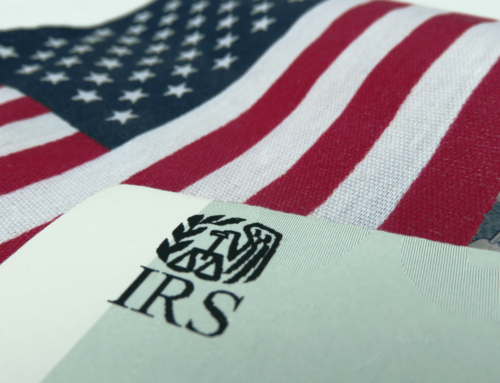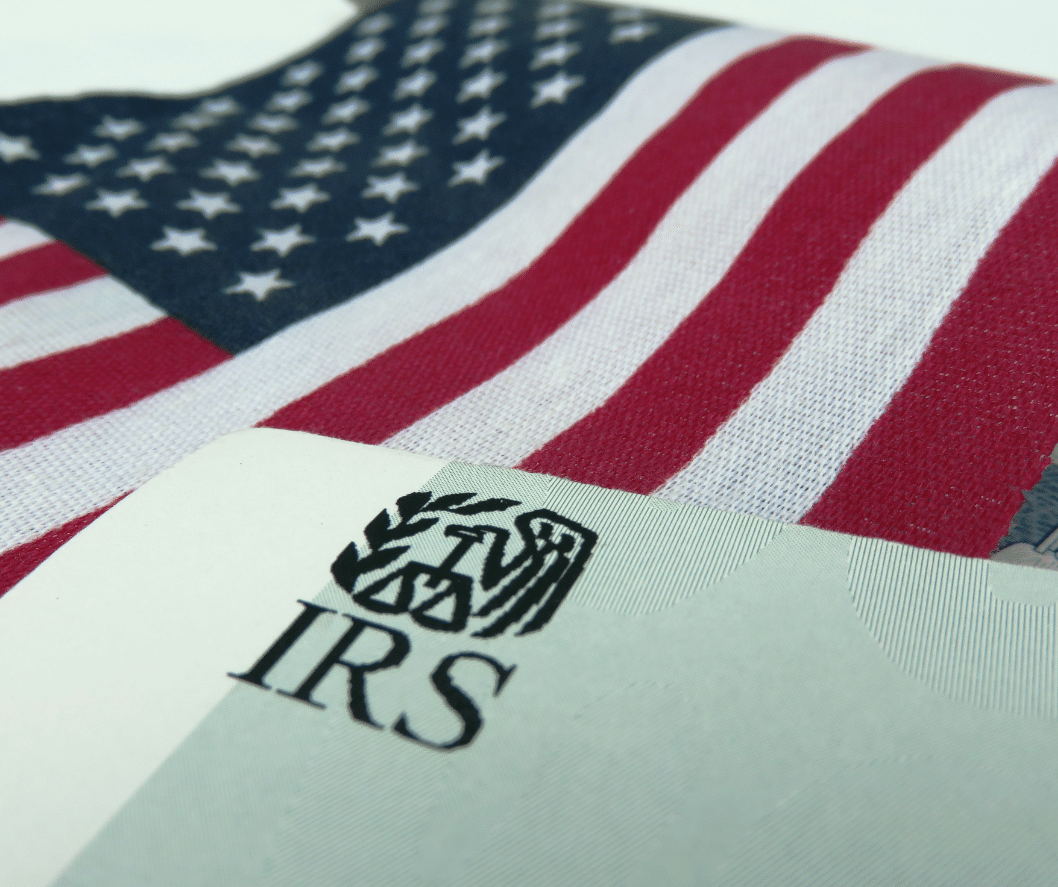As budget deal talks between the House Democrats, Senate Republicans, and Trump Administration wither on the vine, the Congressional Budget Office has (once again) shed some light on the nation’s fiscal situation.
TL;DR: It’s not good.
But we won’t put words in their mouth:
“By the end of this year, federal debt held by the public is projected to equal 78 percent of gross domestic product (GDP) – its highest level since shortly after World War II. If current laws generally remained unchanged, growing budget deficits would boost federal debt drastically over the next 30 years, the Congressional Budget Office projects. Debt would reach 92 percent of GDP by the end of the next decade and 144 percent by 2049… That level of debt would be the highest in the nation’s history by far, and it would be on track to increase even more.”
Note that “by far”? So, not when the fledgling Republic was in debt to Europe after the Revolution. Not after costs sustained by both sides in the Civil War. Not through the variety of economic shocks of the late nineteenth century and the Great Depression. And not even after WWII. Sometimes setting records isn’t a good thing.
It’s important to note that CBO isn’t counting intragovernmental debt. That’s things like the cash Treasury owes Social Security. Because remember Social Security, like most of the various federal trust funds aren’t piggy banks where dollars are physically stashed. They are accounts where money is set-aside, but when there is a surplus in that account, dollars are used over the years to finance the rest of government. To put that into perspective: Currently, the debt held by the public is $16.1 trillion. And that’s 78 percent of GDP. The total outstanding public debt is $22 trillion or 106 percent of GDP.
Sidebar: As the doomsday clock on the debt ceiling nears midnight in the fall, you’ll hear some people say Treasury could prioritize payments on publicly held debt to avoid default. Ridiculous. Besides the howls you’ll hear from the frequent voters in the Social Security set, the markets would freak at that instability and that other sound you would be hearing is the interest rate on our country’s debt issuances screaming upward.
And we’re back: Net interest payments on the nation’s debt were $325 billion in fiscal year 2018. Net interest is expected to be 1.8 percent of GDP in 2019, average 2.6 percent in the next decade, 3.5 percent the decade after that and come in at 4.9 percent in the ten years ending 2049. At that point, CBO estimates that net interest would be equal to the entire discretionary budget.
But there’s more!
There are a lot of assumptions in the CBO models and in economic terms 2029, let alone 2049, is light years away. But CBO also assumed current law – meaning that the existing budget caps for 2020 and 2021 would remain in place and that most of the individual side income tax cuts included in the expensive 2017 tax bill would be allowed to expire in 2026. Not likely in either scenario.
So why does debt matter? In short, CBO points out that the debt dampens economic output over time. And can increase the cost of borrowing for private capital. But it would also reduce the country’s flexibility to adjust to a fiscal crisis. To put that into perspective. The nation’s publicly held debt to GDP ratio in 2007 – right before the Great Recession – was 35 percent. That gave some flexibility in responding. But even after years of economic expansion, policymakers have made no effort to reduce the debt burden and persistently high deficits – instead they added fuel to the fire.
Policymakers and presidential aspirants have to recognize that while the fiscal situation is dire, there are ways to slowly climb out of the hole the country’s finances are in. First, the budgetary Hippocratic oath of do no harm. Both the $300 billion spending binge in the Bipartisan Budget Act of 2018 and the more than $1 trillion tax cut from the year before were unforced errors. As is the head in the sand approach to the demographic changes and the impacts of the Baby Boomer retirements on Social Security and Medicare. CBO estimated the level of deficit reduction to achieve certain debt targets last year and also published options to get there.
Like a lot of things, it is a lot easier to get yourself into fiscal trouble than to get out. The first step to getting out of any hole is to stop digging. Then make some hard choices, and hope that continued economic growth along with fiscal responsibility will reduce those debt to GDP ratios.










